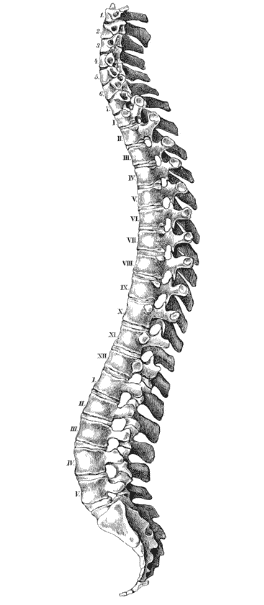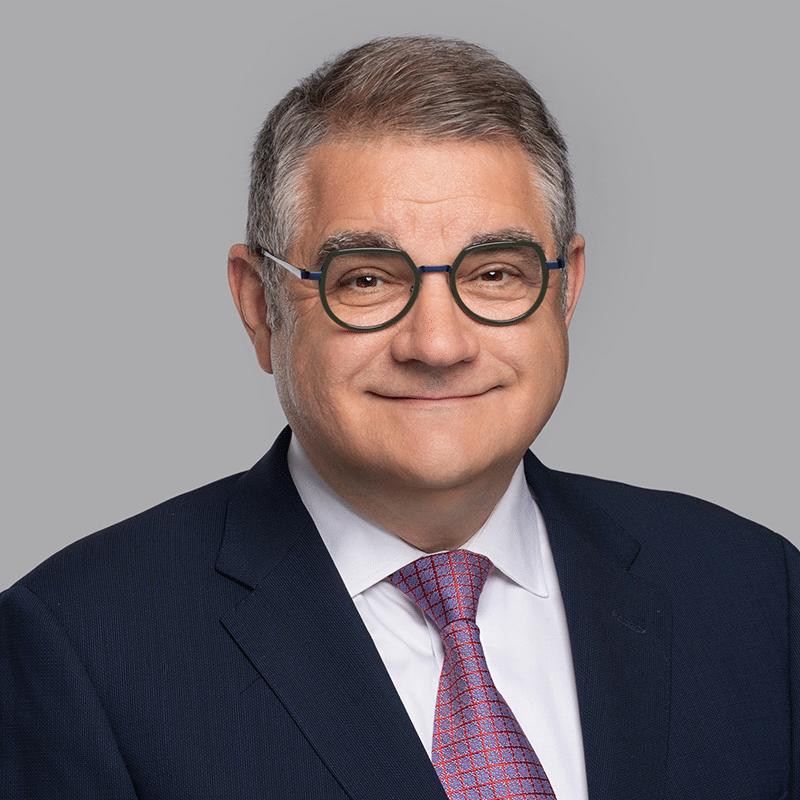
“Gentlemen, we can rebuild him. We have the technology. We have the capability to make the world’s first bionic man. Steve Austin will be that man. Better than he was before. Better… stronger… faster.”
When actor Lee Majors’ Steve Austin character became the world’s first bionic man in the 1970s television show The Six Million Dollar Man, the technology was still largely considered to be in the realm of science fiction. But incredible advances in the intervening decades have made the dream of bionic body parts an exciting reality for people who have sustained debilitating injuries.
In this blog post, we explore the development of bionic technology, including the planned testing of a bionic spine, and explain how the concept of neuroplasticity and brain re-training is revolutionizing health care.
From Science Fiction to Reality
Brain-computer interfaces have been developed over many years to help meld the human mind with machine. Recent breakthroughs include using signals recorded within the brain to move robotic arms; harnessing movement intentions within paralyzed persons to allow them to use a wireless tablet; and the development of the cochlear implant – the most widely used and well-known bionic device used by people with certain types of hearing impairment.
The most advanced of these technologies are “bi-directional” in nature, a type of interface that records brain activity and movement intentions while also stimulating the nervous system to act. However, many of the implanted devices using this technology either require significant and infection-prone surgeries such as a craniotomy or have a limited life-span (for example, electrodes implanted into the brain lose their effectiveness when scar tissue begins to grow). External devices like electrode caps or robotic suits are often impractical. However, news of upcoming human trials of bionic spines has been lauded by researchers as the “holy grail” of brain computer interface technology.
What Is The Bionic Spine?
Only 3 centimetres in length, the bionic spine is a stent-electrode (stentrode) device that would be fed through a catheter into blood vessels leading into the brain and positioned over the motor cortex. Once placed, the stentrode would read and translate brain signals into commands that are transmitted via Bluetooth technology into bionic limbs.
The bionic spine would not serve to repair damaged pathways, but rather to provide an alternate route or conduit for brain messages to travel. Prior to implanting the device, doctors would record brain signals while asking patients to complete certain tasks or to think about movement. When the device is implanted to this area of activity in the brain, it would provide the brain signals with a bypass to activate bionic parts of the lower body.
Although researchers expect patients will initially have to concentrate to achieve movement, eventually the technology may be refined to a point where even subconscious thought can prompt desired action. The first human trials will be occurring this year and focusing on persons with lower body paralysis. However, researchers suggest if the technology proves successful, patients with conditions such as Parkinson’s disease, epilepsy, and obsessive compulsive disorder may also benefit from it.
Neuroplasticity: The Amazing Power of the Brain to Heal
By harnessing the brain’s neuroplasticity – the formation of new neural connections within the brain to connections lost to injury or disease, the new generation of bionic devices is giving people with debilitating conditions new hope of recovery and rehabilitation.
Having represented many clients with traumatic brain injuries, Howie Sacks and Henry is delighted to have been a presenting event sponsor of “Understanding the Healing Brain: How Neuroplasticity Is Changing The Way Brain Injury Survivors Find Help and Hope.” This full day conference, held on May 24, 2017 at Toronto’s Marriott Bloor Yorkville Hotel, brought together survivors, caregivers, and members of the legal, medical and insurance communities to learn about recent research in this exciting field and to hear from guest speaker Dr. Norman Doidge, author of The Brain’s Way Of Healing.
If you or a loved one have experienced a traumatic brain injury and have questions about your legal rights in seeking compensation to help you fund your rehabilitation, I would like the opportunity to talk with you. Please contact Renée Vinett at 416-361-7560 or rvinett@hshlawyers.com, or Michael J. Henry at 416-361-0889 or mjhenry@hshlawyers.com.
ABOUT US
Renée Vinett is a partner at Howie, Sacks & Henry, LLP. In addition to being a lawyer, she has been a registered nurse for over 30 years with experience in disability management in both the U.S. and Canada. Renée’s practice is devoted to fighting for the rights of injured accident victims and their families in a wide range of personal injury matters. To speak with Renée, feel free to contact her at 416-361-7560 or rvinett@hshlawyers.com, or visit her web profile.
Personal injury lawyer, Michael J. Henry is a Founding Partner of Howie, Sacks & Henry. Mike’s practice focuses on exclusively on personal injury law and includes the areas of: Motor Vehicle Accidents; Car Accident Benefits Insurance Claims; Slip and Fall Claims; Long-Term and Short-Term Disability Claims; and, other facets of personal injury litigation, such as recreation/sports injury claims, motorcycle accidents, boating accidents and wrongful dismissal matters. To speak with Mike, feel free to contact him at 416-361-0889 or mjhenry@hshlawyers.com, or visit his web profile.







